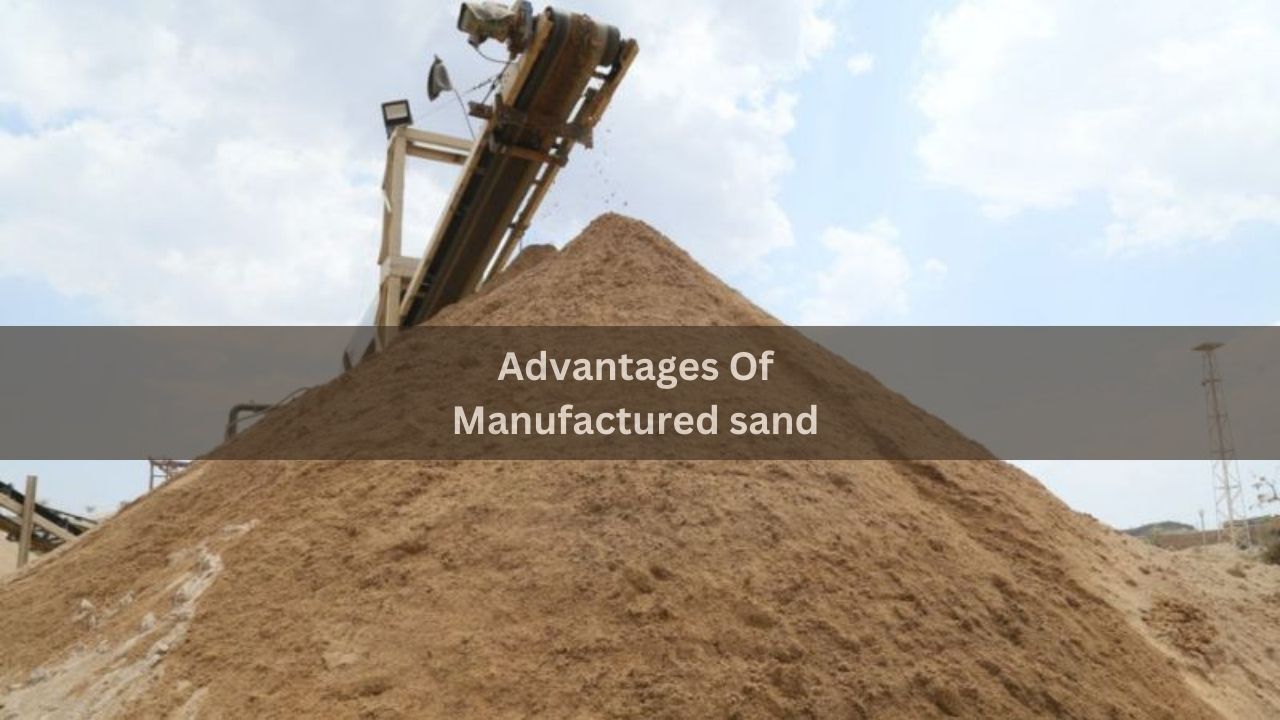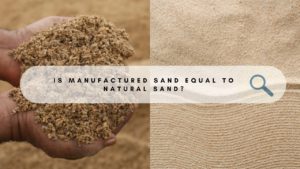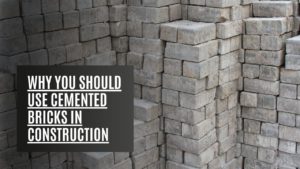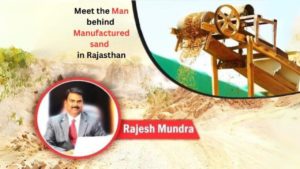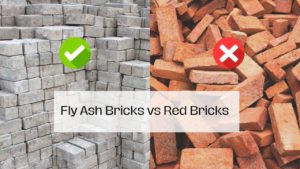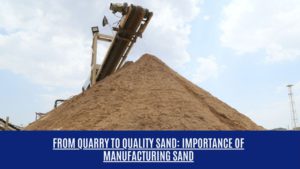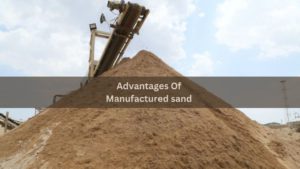What is M Sand & Advantages of Manufactured Sand?
Manufactured sand (m sand) likewise called artificial sand or crushed sand, formation of artificial sand is done by pulverizing rocks, stones, or larger aggregates into small size particles in the quarry.
In recent years, with the reduction of natural sand, the market for artificial sand shows incredible potential, imperativeness and has many advantages of m sand also. Furthermore, the tremendous interest of the construction and development industry has advanced the improvement of the artificial sand market rapidly.
Difference Between (M Sand) Artificial & Natural Sand:
| Artificial Sand is a sort of sand material delivered by sand-production gear, for example, an impact crusher. Compared with regular river sand, artificial sand has the qualities of sharp edges, many needles, and chips, and is rough. | River/Natural Sand is straightforwardly exhumed from the stream, so it will be blended in with little rocks and fine sand. These little stones are washed by the stream for quite a while, and the edges and corners are round. |
Why Manufactured Sand (M Sand)?
These days, wellsprings of normal sand, for example, river sand, pit sand, stream sand, ocean sand, and different sands for use as a total in development are turning out to be scant and depleted because of natural debasement. The driving requirement for elective totals in development has given the source to Manufactured Sand.
One more reason for the utilization of Manufactured sand is its dynamic accessibility, diminishing transport distances and limiting contamination.
Manufactured Sand is a superior substitute to river sand as it is created by machines an appropriate extent with molecule size.
Uses of Manufactured Sand (M Sand)
Artificial sand can be utilized for a wide range of development work, Concreting, Plastering, etc., and is a better substitute to stream sand.
Properties of Manufactured Sand (M Sand)
The physical and compound properties in Manufactured Sand are adjusted and can withstand any brutal climatic conditions. It can conquer the imperfections in concrete like segregation, honeycombing, consumption of support steel, voids, capillary, draining, and so forth.
Higher Strength
Manufactured Sand has a smooth surface and is liberated from stretched and flaky particles as it is formed by utilizing VSI moulding machines. The workspace-formed particles give more prominent toughness, higher strength, and long life to the concrete.
More prominent Workability
The cubical shape and legitimate degree (molecule ought to be from 150 microns to 4.75 mm inappropriate extent) give great adaptability to mortar creating fantastic functionality.

Diminished Construction Defects
The use of Manufactured sand in concrete reduces voids, bleeding, segregation, etc., as it has an ideal beginning and last setting time with astounding fineness properties.
Economy
As the Manufactured Sand doesn’t contain contaminants like river sand, the measure of wastage is nil. The transportation cost additionally turns out to be less as it is promptly accessible. In general, Manufactured Sand is 30% less expensive than river sand.
Eco-accommodating
The use of Manufactured Sand in supplanting with river sand keeps away from ecological debacles like groundwater consumption, water shortage, a danger to normal life, and so forth. Growing concern for environmental protection, Manufactured Sand is the best option in contrast to river sand.
ALSO READ: Is Manufactured sand equal to natural sand?
Advantages of M Sand
- Manufactured Sand has a higher Fineness Modulus Index contrasted with normal stream sand, which gives great functionality for concrete.
- Manufactured sand is liberated from slit and clay particles which offer better-scraped area opposition, higher unit weight, and lower porousness.
- Less problematic to the climate, as it decreases sand mining from river beds.
- Perfect grading and cubical shape of Manufactured Sand invigorates high and incredible strength to concrete.
- More financially savvy than river sand because of low transportation costs and consistent inaccessibility.
Manufactured Sand (M Sand) Vs Natural Sand – A Brief
| Manufactured Sand | Natural Sand |
| Made in production lines under management | Normally accessible at river beds |
| Dampness is available just in water-washed Manufactured Sand | Moisture is caught in the middle of the particles which is useful for concrete purposes. |
| Higher concrete strength when contrasted with river sand | Lower concrete strength when contrasted and manufactured sand |
| Sand particles of Manufactured sand are cubically formed. This makes holding solid | The extreme presence of flaky, sharp, and precise grains makes holding feeble. |
| Residue content is zero | Residue content is in the middle of 3-20% |
| Marine Products Is 0% | Marine Products (shells, and so on) 2-4% |
| No larger than average materials as it is well-graded and manufactured under the control | 6-10% of larger than average materials (stones) which ought to be sieved |
| Better quality control since made in a controlled climate | No power over quality since it is naturally occurring. The same stream bed sand can have contrasts in sediment substance. |
| Eco-accommodating items, it makes less harmful for the climate when compared with river sand. | Harmful to the climate. Eco awkward nature diminishes groundwater levels and river water gets evaporated. |
Classification based on Sieve Analysis
Rock in Sand
The sand which is going through the 7.62 mm strainer is called gravelly sand. This kind of Sand is utilized in making concrete.
Coarse Sand
The sand which is going through the 3.175 mm strainer is called coarse sand. This size of sand is for the most part utilized for workmanship works. Pit sand is for the most part coarse in nature.
Fine Sand
Sand going through the 1.5875 mm sifter is called fine sand. Fine sand is generally utilized in putting works for better completion.
Arrangement Dependent on Grain Size
Based on grain size sand is classified into very fine sand, fine sand, medium sand, coarse sand, and very coarse sand the grain sizes of various kinds of sand are specified beneath:
| Types of Manufactured Sand | Grain Size |
| Very Fine Sand | 0.0625mm to 0.125mm |
| Fine Sand | 0.125mm to 0.25mm |
| Medium Sand | 0.25mm to 0.50mm |
| Coarse Sand | 0.50mm to 1mm |
| Very Coarse Sand | 1mm to 3mm |
Conclusion
Examining the current situation, for example, a lack of river sand, tremendous slip in the nature of river sand, significant expenses, and ecological impacts, we should begin utilizing Manufactured Sand in Udaipur as an option in contrast to the river sand in the development cycle, in this way reducing the effects on the climate and environment.

